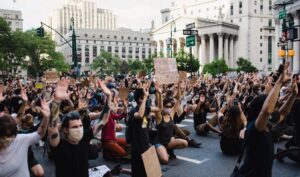
HR’s New Responsibility: Addressing Social Injustice
The last year and a half has been a reckoning for workplaces; companies addressed the paradigm-shattering COVID-19 crisis, while also addressing issues of social injustice

The last year and a half has been a reckoning for workplaces; companies addressed the paradigm-shattering COVID-19 crisis, while also addressing issues of social injustice

It’s an understatement to say the past several months have been a troubling time for those of us committed to racial equity and broader diversity,

The Black Lives Matter movement, or BLM movement, recently attracted major attention. People in the United States and elsewhere ramped up their protests against white